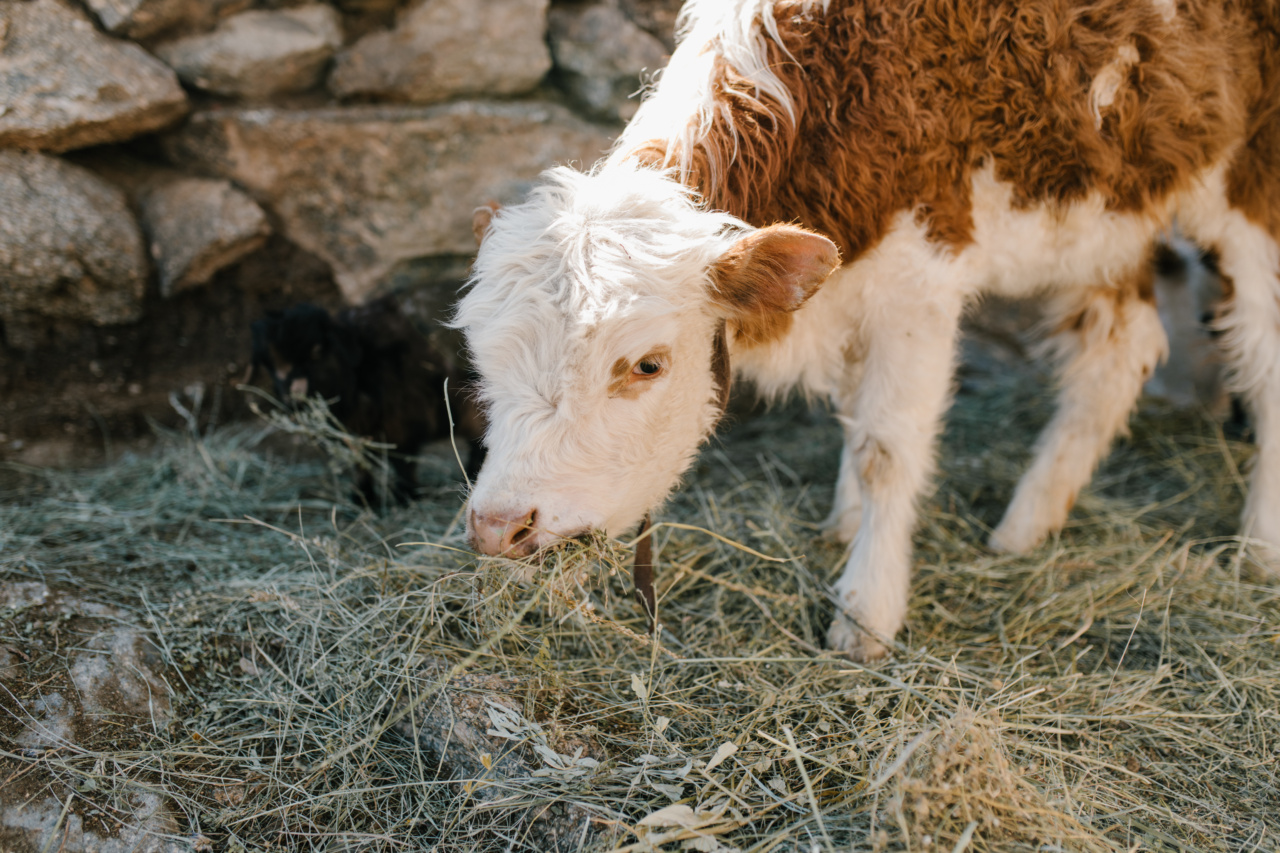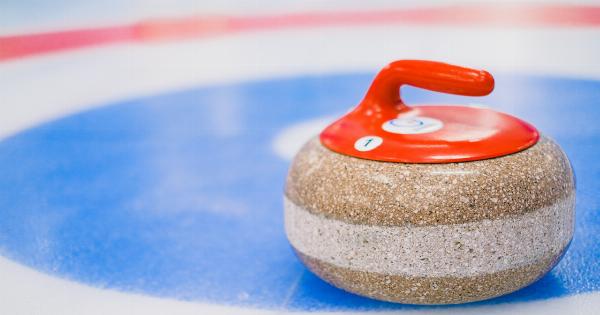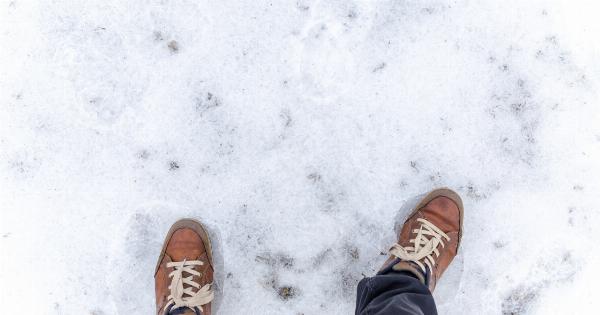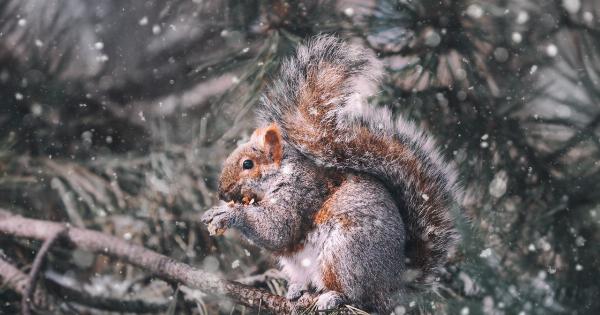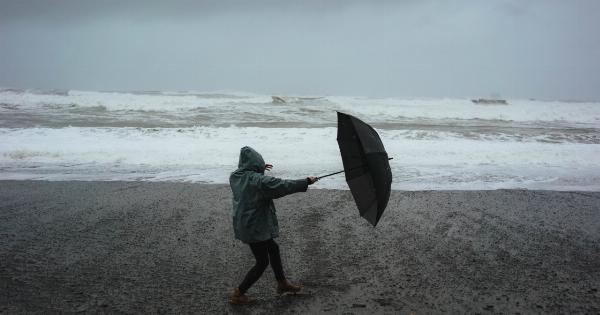Cold weather can be tough on your dog, especially when it comes to their paws. Dogs use their paws to walk, run, and play, and they are constantly exposed to the harsh elements of winter like snow, ice, and salt.
As a dog owner, it’s your responsibility to take care of your pet’s paws and keep them healthy during the winter months. Here are some tips to help you do just that:.
1. Keep the Paws Clean
Dogs are prone to picking up debris like dirt, rocks, and even bits of ice between their toes. These can become uncomfortable and even painful for your dog if left unaddressed.
Make sure to keep your dog’s paws clean by wiping them with a damp cloth after every walk. This will help remove any debris that might be stuck in between their toes. You can also invest in a paw cleaning tool that can be used before your dog enters the house.
2. Moisturize the Paws
Cold weather can cause your dog’s skin to become dry and cracked, which can lead to discomfort and even infection. To combat this, provide your dog’s paws with some extra moisturizing care.
You can use a paw balm or coconut oil to keep the skin moisturized. Apply a thin layer of paw balm or coconut oil to the paws after you wipe them clean. This will help to keep the paws soft and supple even in the harshest winter weather.
3. Protect from Salt and Ice Melt
Salt and ice melt products are commonly used to melt ice and snow from sidewalks and driveways. While these products are necessary to prevent falls, they can cause serious harm to your dog’s paws.
These products can cause chemical burns and lead to dry, cracked paws. To protect your dog, always wipe their paws with a damp cloth after a walk to remove any salt or ice melt residue. You can also invest in paw protectors or boots that will keep their paws safe from these harmful chemicals.
4. Trim the Hair
Long hair on the paws can easily accumulate ice, debris, and snow. This can cause discomfort to your dog and even lead to matting and infection. Keep the hair around the paws trimmed short.
This will help to prevent these issues and make it easier to clean their paws after a walk.
5. Stay Active
Staying active during the winter is important for your dog’s overall health and well-being. However, it’s important to be mindful of the weather conditions and choose activities that are safe for your dog’s paws.
For example, playing in the snow is a great way to get exercise, but you should be vigilant about monitoring their paws for any signs of discomfort. Limit outdoor activities on extremely cold days, and always make sure your dog’s paws are clean and dry afterward.
6. Schedule Regular Vet Check-Ups
Regular vet visits are important for your dog’s health. During the winter months, it’s even more crucial to make sure your dog is in good health.
Your vet can check your dog’s paws during check-ups and provide any necessary treatments for any issues that may arise. This will help to keep your dog’s paws healthy and prevent any serious problems from developing.
7. Be Vigilant for Signs of Issues
Watch out for any signs of issues with your dog’s paws, such as limping or licking their paws excessively. These could be signs of injuries or infections. If you notice any of these signs, take your dog to the vet as soon as possible.
The earlier you catch any problems, the easier they will be to treat.
8. Use Pet-Friendly Ice Melt and Salt Alternatives
If you’re worried about using salt and ice melt around your home, there are pet-friendly alternatives available. Look for products that are formulated specifically for use around pets and are safe for their paws.
These products are often made with natural ingredients that won’t cause harm to your dog’s paws.
9. Consider Indoor Playtime
On days when the weather is too harsh for outdoor activities, consider indoor playtime for your dog. There are many indoor games and activities that you can do with your dog, such as fetch, hide-and-seek, and even obedience training.
This will provide your dog with exercise and mental stimulation without exposing their paws to the harsh outdoor elements.
10. Stay Positive and Patient
Caring for your dog’s paws during the winter months can be challenging, but it’s important to stay positive and patient.
Your dog relies on you to keep them safe and healthy, and with a little bit of effort, you can ensure that their paws stay healthy and comfortable all winter long.
